Imagine a battlefield not filled with soldiers but with thousands of towering, flightless birds. It sounds like the setup for a surreal comedy, but in 1932, Australia found itself embroiled in a bizarre and unforgettable conflict known as the Emu War. This was not a clash between nations or ideologies, but a desperate attempt by humans to outwit a relentless force of nature — the emu. The outcome? Far from a clear-cut victory for mankind, the birds famously emerged as the unlikely victors. The Emu War is a tale so wild and so real that it continues to captivate and amuse generations, while also offering a window into the complex relationship between humans and the natural world.
Australia’s Agricultural Crisis: The Root of the Conflict
The Emu War didn’t emerge from thin air. In the years following World War I, Australia encouraged veterans to take up farming in Western Australia’s vast wheat belt. These new settlers soon faced a host of problems — poor soil, unpredictable weather, and, most surprisingly, an invasion of emus. Each year, tens of thousands of these flightless birds migrated westward in search of food and water, trampling crops and fences as they went. The farmers were desperate; their livelihoods were at stake, and the government’s promises of prosperity were quickly turning into a struggle for survival. The emus, oblivious to the chaos they caused, simply followed their ancient instincts, proving that nature doesn’t bend easily to human plans.
The Arrival of the Emus: Nature’s Feathered Invaders
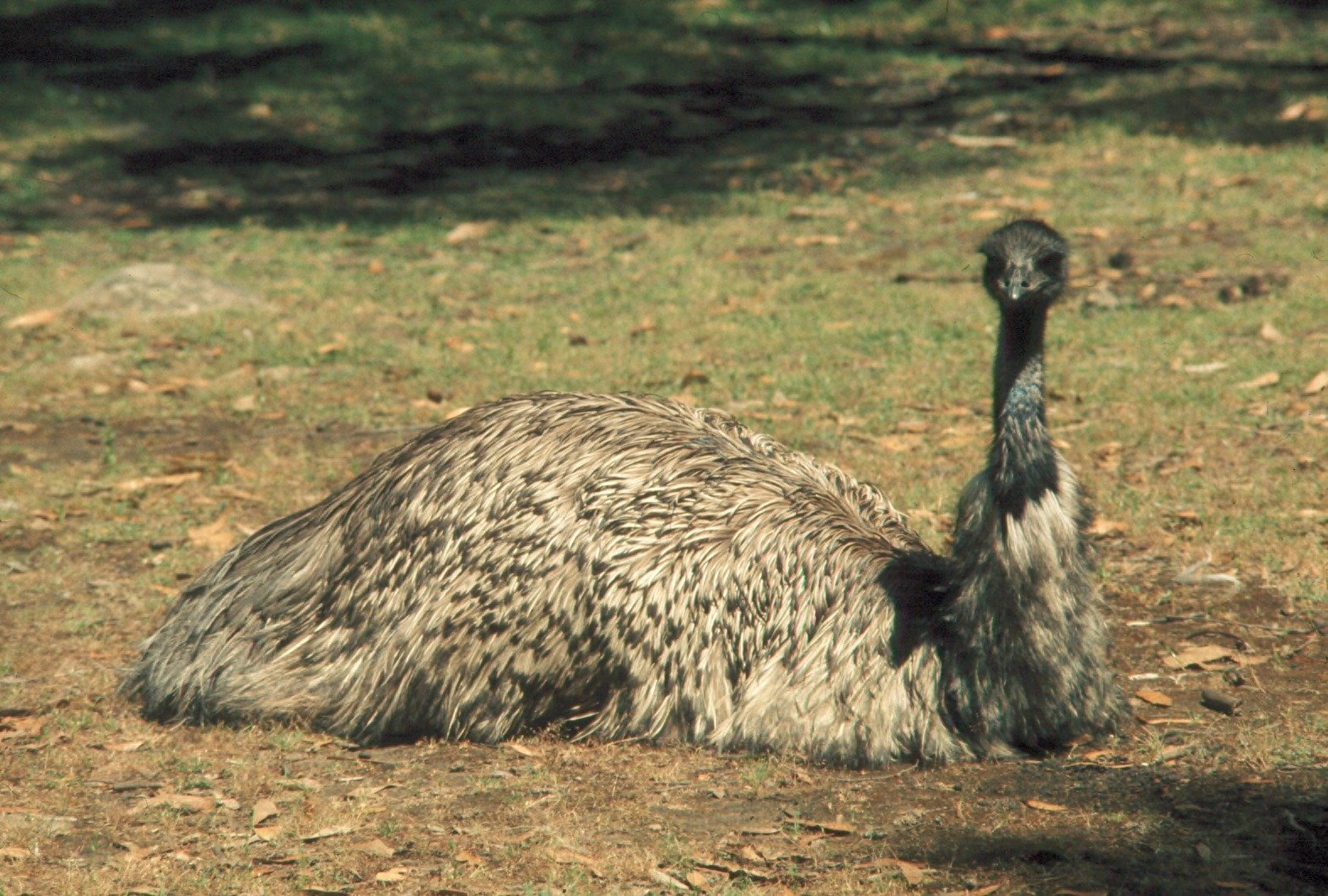
Emus are no ordinary birds. Standing up to six feet tall and weighing as much as a grown man, they move in large, powerful flocks. In 1932, it’s estimated that more than 20,000 emus descended upon the wheat fields of Western Australia. The sight must have been overwhelming: a sea of gray-brown feathers, strong legs kicking up dust, and beaks pecking at precious crops. The emus demolished fences, leaving gaps for rabbits to invade, and flattened entire acres of wheat in their relentless search for food. For the farmers, it felt as if they were being overrun not by an enemy army, but by an unstoppable force of nature with feathers and attitude.
Desperate Measures: Calling in the Military
When traditional scare tactics and fencing failed, the farmers turned to their government for help. In a moment that seems almost absurd today, military intervention was approved. The Australian government dispatched soldiers from the Royal Australian Artillery, equipped with two Lewis machine guns and thousands of rounds of ammunition. The army’s goal was simple: reduce the emu population and save the wheat crops. It was a dramatic escalation, and the idea of soldiers battling birds caught the public’s imagination. But nature, as always, had plans of its own.
Birds vs. Bullets: The Battles Begin
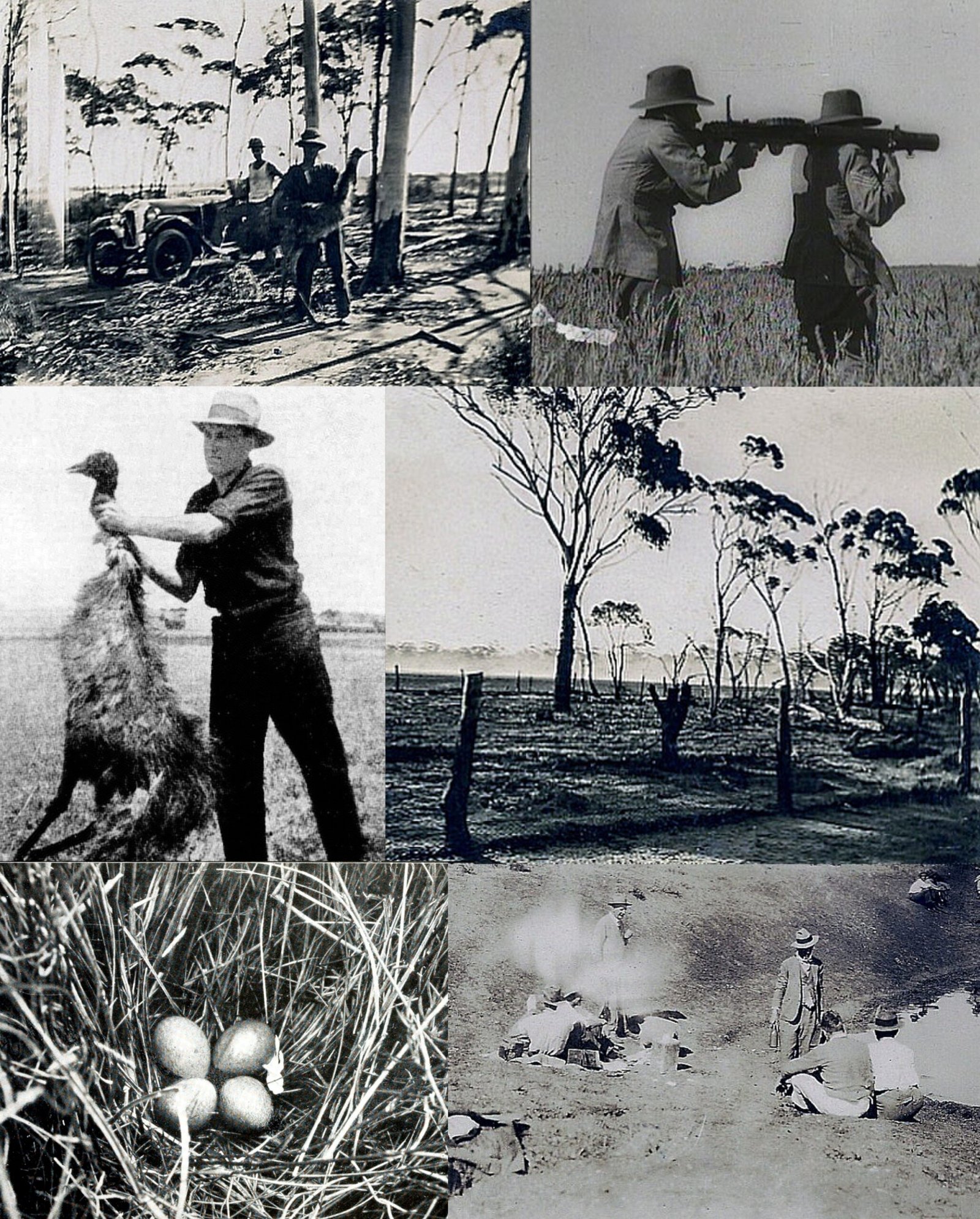
The first military engagement with the emus began on November 2, 1932. Soldiers set up their machine guns and waited for the birds to approach. But emus, with their keen senses and surprising speed, proved to be elusive targets. The guns jammed, the birds scattered, and accurate shooting was nearly impossible as the flocks dashed in all directions. Sometimes, the soldiers would only manage to bring down a handful of emus before the rest vanished into the bush. Even when they tried mounting the guns on trucks, the uneven terrain and the emus’ agility made aiming and shooting a near-futile exercise. The soldiers soon realized they were in for a much tougher fight than they had ever anticipated.
The Emus’ Tactics: Nature’s Own Guerrilla Fighters
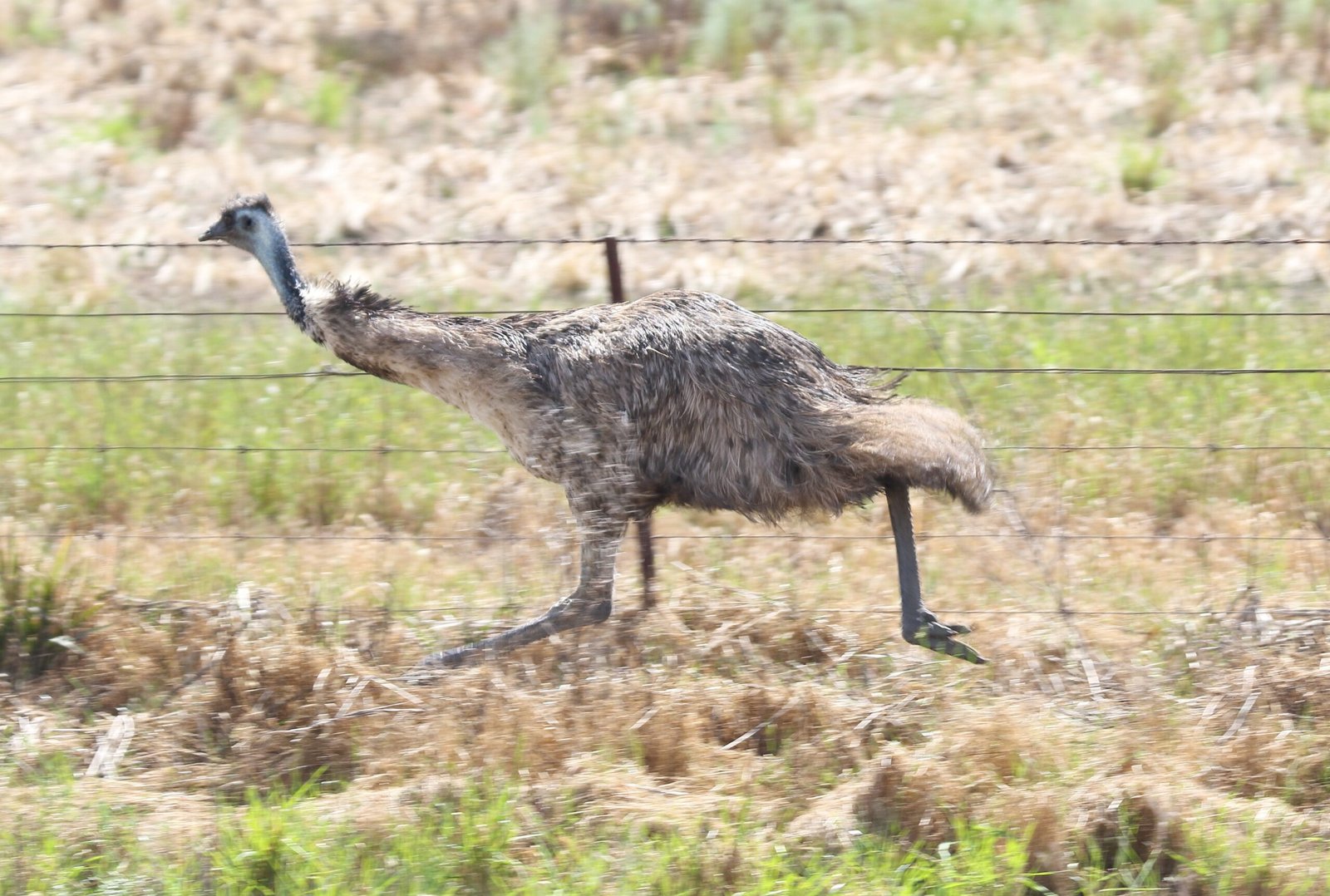
It quickly became clear that emus weren’t just wandering aimlessly; they seemed to have a knack for survival. The birds would split into small groups when threatened, making it difficult for the army to target them en masse. Some reports from soldiers even described a “leader emu” that would act as a lookout, with the rest following its lead to safety. Their thick feathers and strong bodies could withstand glancing bullets, and their speed — up to 30 miles per hour — made them nearly impossible to catch. Like expert guerrilla fighters, the emus melted into the landscape, leaving frustrated soldiers and empty shell casings behind.
Public Reaction: Laughter, Headlines, and Outrage
News of the Emu War quickly spread, both across Australia and overseas. Newspapers ran with headlines that poked fun at the military’s inability to handle a flock of birds. Cartoonists had a field day, lampooning the government and the army’s efforts. Some Australians found the whole episode hilarious, while others were angry that taxpayer money was being spent on such an absurd campaign. For many, the Emu War became a symbol of the unpredictable and sometimes humbling relationship between humans and the natural world. It was an embarrassment for the government, but a source of endless amusement for everyone else.
The Results: Who Really Won?
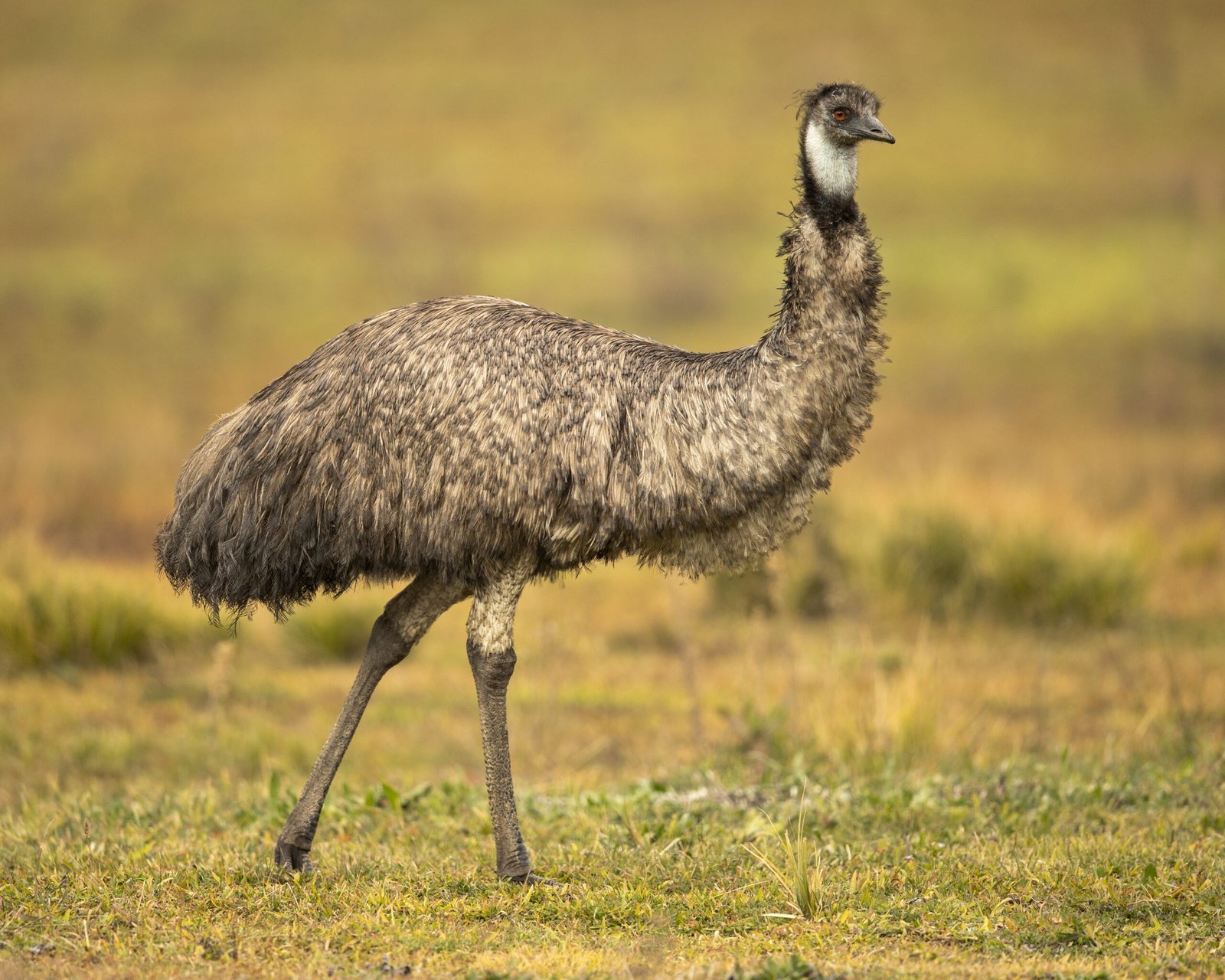
Despite thousands of rounds fired, the military’s efforts to curb the emu population largely failed. Official tallies claimed a few hundred birds were killed, but most emus survived unscathed and continued to trample crops. The operation was quietly called off after just a few weeks, and the soldiers returned home, their mission incomplete. The emus, meanwhile, went about their business, seemingly undeterred by the human attempt to stop them. In the end, the birds had not only survived — they had outsmarted an entire military force. It’s no wonder that people say the emus “won” the war.
Scientific Lessons: Adaptation and Survival
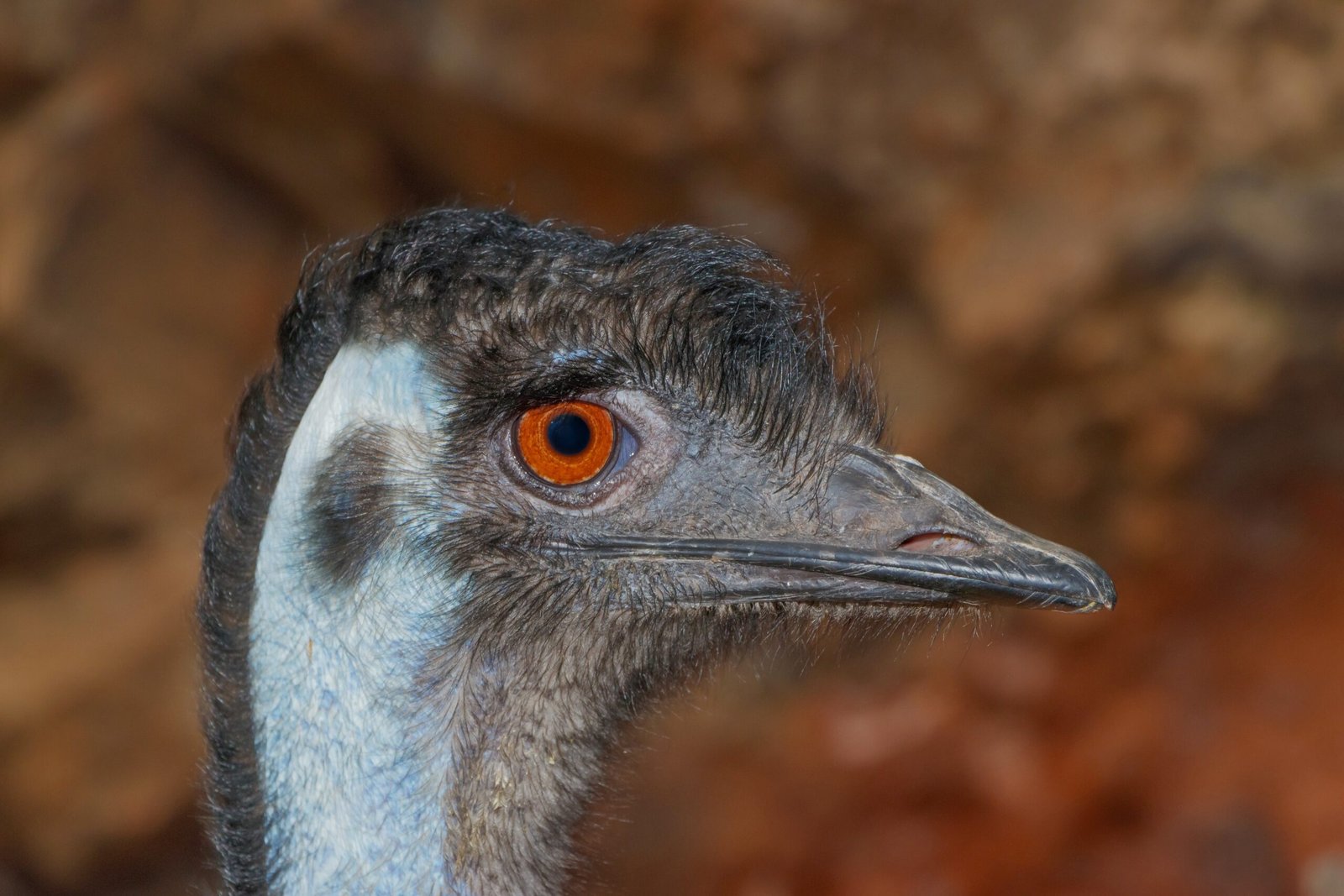
The Emu War is more than just a quirky historical footnote; it’s a powerful lesson in the resilience of nature. Emus are incredibly well-adapted to the harsh Australian environment. Their strong legs allow them to travel long distances, while their diet is flexible enough to take advantage of whatever food is available. The birds’ ability to evade danger and adapt to threats is a testament to millions of years of evolution. For scientists and nature lovers, the Emu War highlights how difficult it can be to control or outmaneuver wildlife that has spent generations adapting to its environment. It’s a reminder that in battles with nature, humans don’t always have the upper hand.
The Aftermath: Learning to Live With Emus
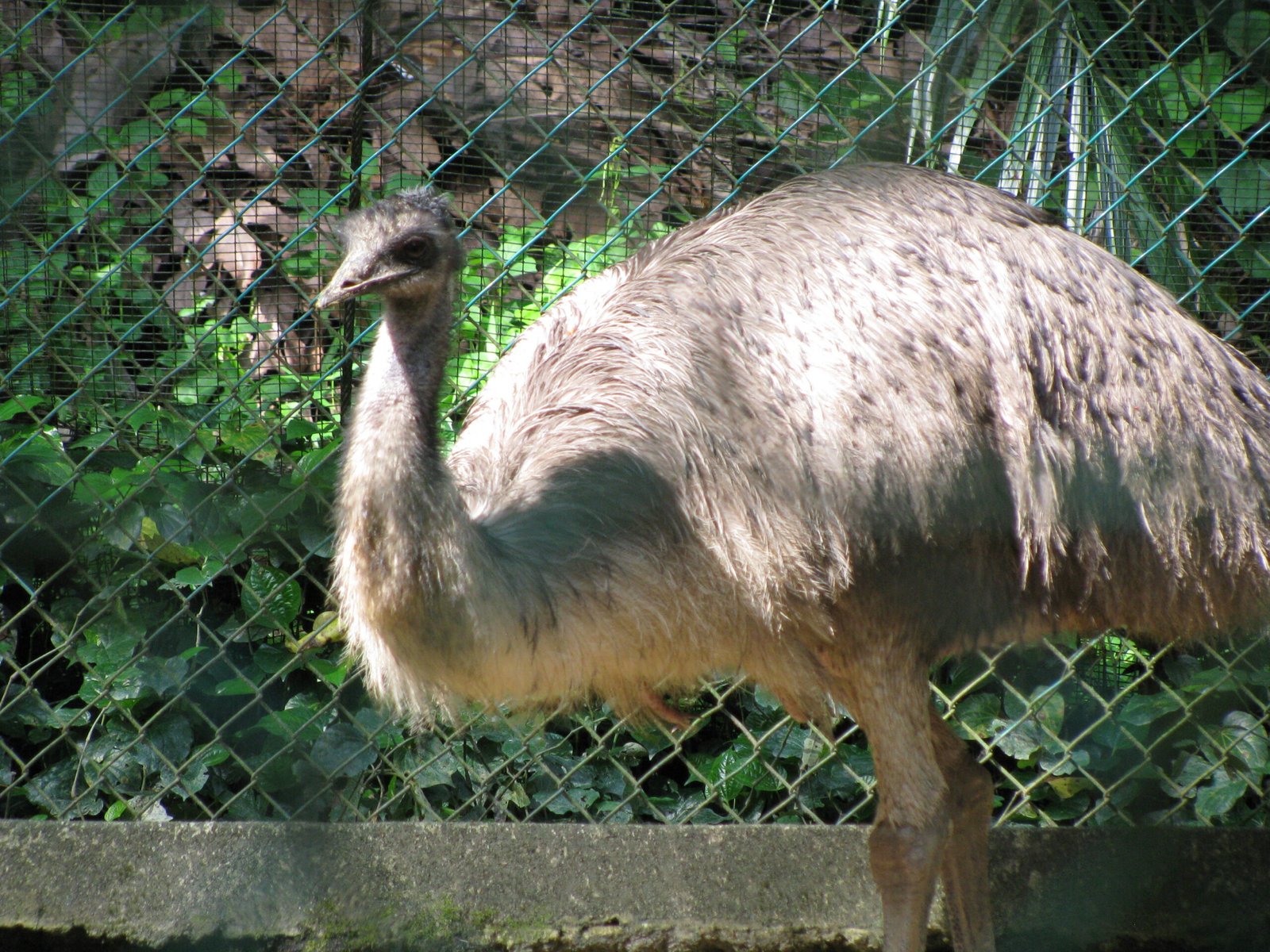
After the failed military campaign, Australian farmers had to find new ways to protect their crops. The government offered bounties for dead emus, and better fencing and land management techniques were developed. Over time, farmers learned to coexist with the birds, even if it meant accepting some losses each year. The Emu War left a legacy of humility, showing that brute force isn’t always the answer to problems posed by nature. Instead, adaptation, innovation, and respect for the natural world became the farmers’ true tools for survival.
The Emu War in Popular Culture
Today, the Emu War has become a beloved piece of Australian folklore. It’s referenced in books, documentaries, comedies, and even video games. The story has a surreal, almost mythical quality — a real-life episode that sounds stranger than fiction. Australians have embraced the Emu War as part of their national identity, a symbol of resilience and the unpredictable spirit of the land. The tale inspires laughter but also contemplation, reminding us that history is filled with moments when nature gets the last laugh.
Reflections on Human Ambition and the Wild
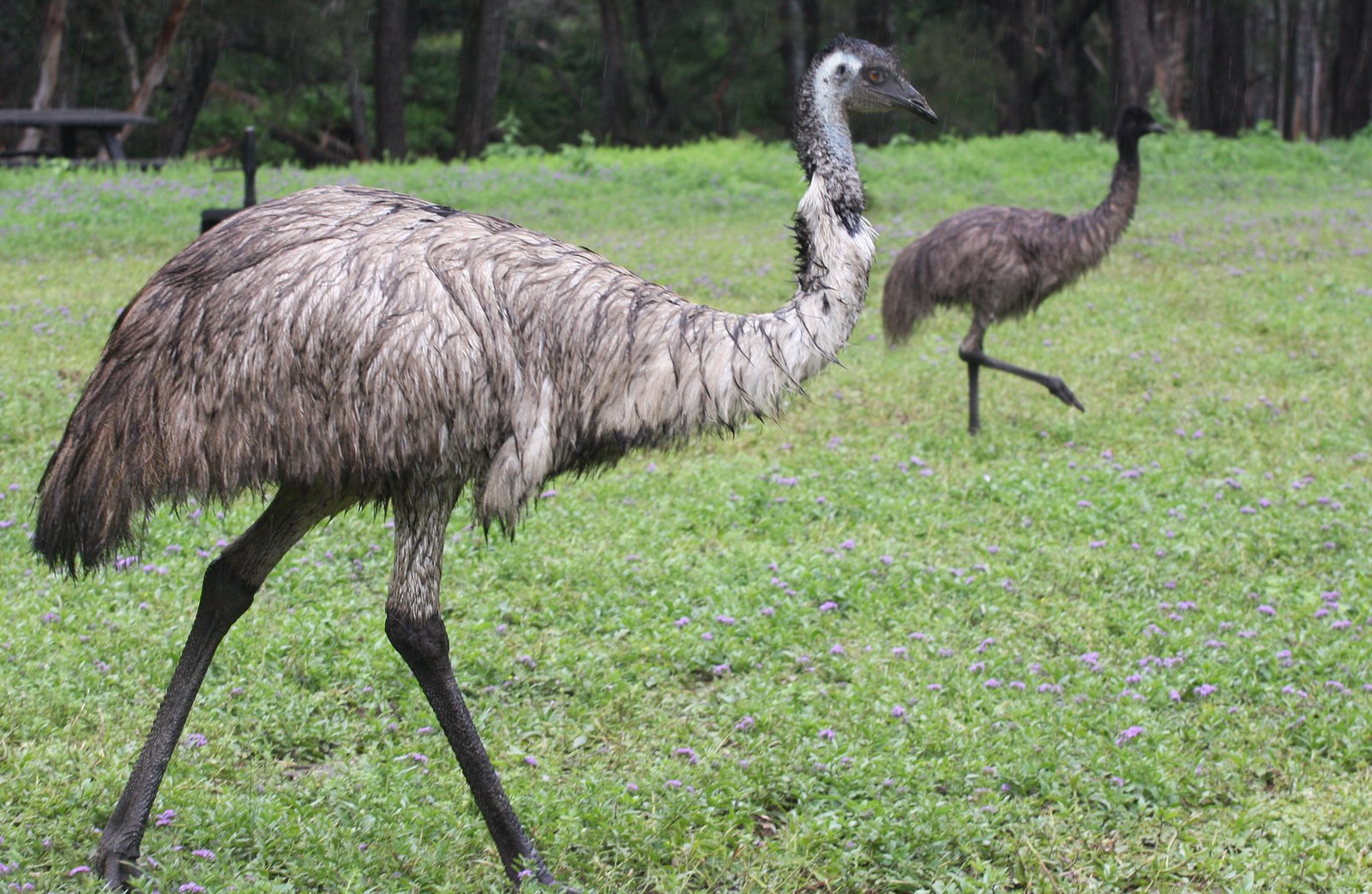
The story of the Emu War endures because it’s more than just birds versus bullets. It’s a reflection of human ambition, our attempts to control and shape the natural world, and the humbling reality that nature often refuses to cooperate. The emus’ unexpected victory serves as a metaphor for the limits of human ingenuity and the enduring power of the wild. As we face new environmental challenges today, the Emu War is a reminder to approach nature with humility, creativity, and a sense of humor. Would you have ever guessed that a flock of birds could outwit an army?




